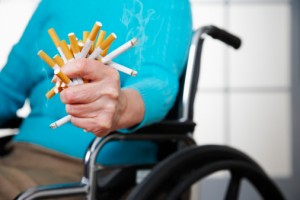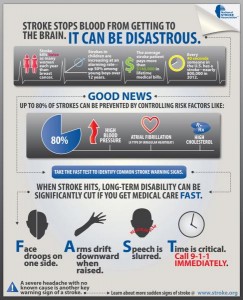We all know the dangers and health risks involved with cigarette smoking, but what about smokeless tobacco?
Smokeless tobacco, or chewing tobacco, also known as dip, chew, snuff or snus, is tobacco that is not burned, but instead chewed or sucked in the mouth then the tobacco juices are spit out. Nicotine in the tobacco is absorbed through the lining of the mouth.
People on many continents, including North America, northern Europe, Asia, and parts of Africa, have a long history of using smokeless tobacco products.
According to the National Cancer Institute, at least 28 chemicals in smokeless tobacco have been found to cause cancer, especially nitrosamines, which are formed during the growing, curing, fermenting, and aging of tobacco, polonium–210 (a radioactive element found in tobacco fertilizer) and polynuclear aromatic hydrocarbons.
Users of smokeless tobacco absorb the addictive ingredient nicotine through the mouth tissues directly into the blood and brain. Nicotine continues to be absorbed into the bloodstream for much longer than for smokers
Smokeless tobacco causes oral cancer, esophageal cancer, and pancreatic cancer, and puts the user at risk for heart disease, gum disease, and oral lesions. There is no safe form of tobacco. Flushing Hospital Medical Center encourages you to quit today. For help with smoking cessation visit www.cdc.gov/tobacco for a list of resources near you.
All content of this newsletter is intended for general information purposes only and is not intended or implied to be a substitute for professional medical advice, diagnosis or treatment. Please consult a medical professional before adopting any of the suggestions on this page. You must never disregard professional medical advice or delay seeking medical treatment based upon any content of this newsletter. PROMPTLY CONSULT YOUR PHYSICIAN OR CALL 911 IF YOU BELIEVE YOU HAVE A MEDICAL EMERGENCY.






